Viktor Gyökeres was withdrawn at half-time after reporting a right leg issue, with match footage pointing to a right hamstring strain and possible adductor involvement. Mikel Arteta later confirmed Gyökeres did not travel for the next fixture. From a rival vantage, this is a major blow to Arsenal’s forward line and pressing structure, with the risk profile suggesting a conservative timeline. Expect the club to downplay severity, but the mechanics of the incident and early symptoms rarely lie. On current indications, he’s likely to miss the derby and more, forcing Arteta into reshuffles up front.
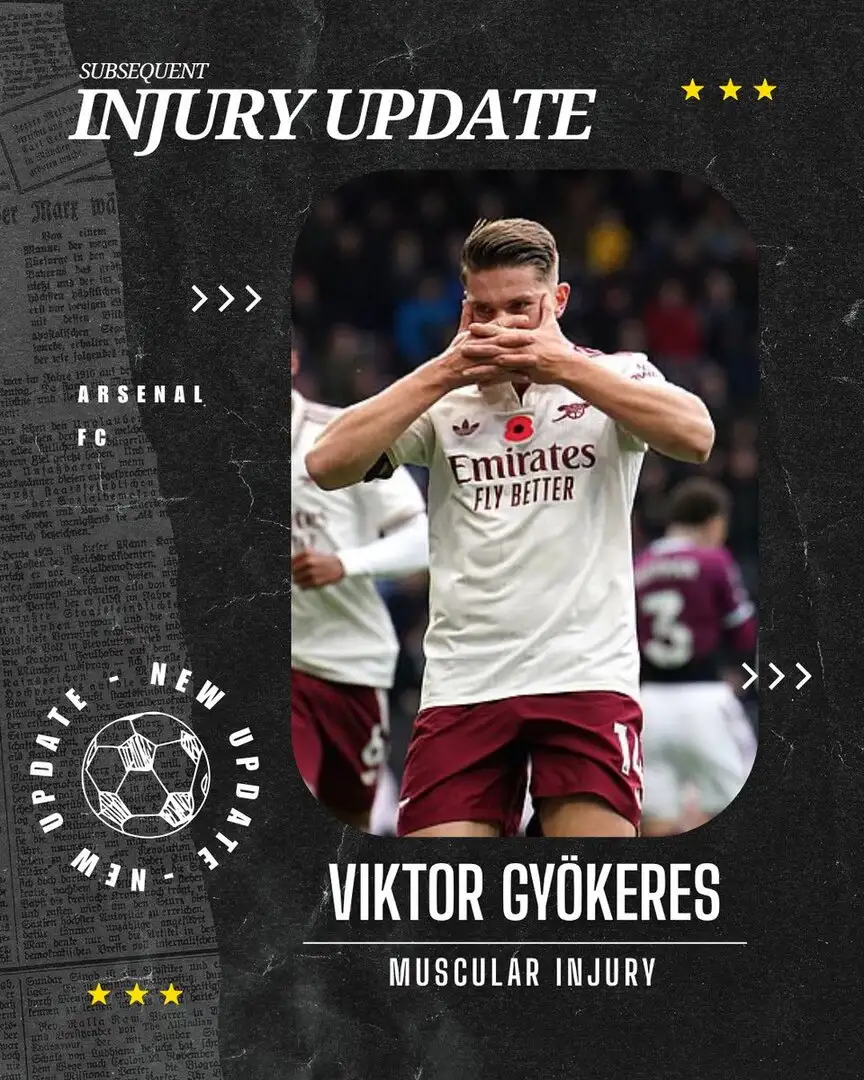
Incident occurred during Arsenal’s latest match where Gyökeres exited at half-time complaining of a right leg problem. Post-match briefings and medical observations pointed toward a right-sided hamstring strain with potential adductor involvement. The manager confirmed the forward did not travel with the squad for the subsequent game. Community discussion centered on broadcast footage analysis, visible movement patterns before the withdrawal, and the club’s cautious handling of soft-tissue injuries.
Viktor Gyökeres was withdrawn at half-time after reporting a right leg injury. Based on the match footage, this profile is most likely as a right hamstring strain (grade to be confirmed). Adductor involvement also possible too. Mikel Arteta confirmed Gyökeres did not travel to
@physioscout
Impact Analysis
From a rival’s lens, this is precisely the disruption Arsenal did not need. Gyökeres’ profile—powerful channel running, direct duels, and aggressive near-post attacking—has been central to their vertical surges and set-piece chaos. Remove that, and Arsenal’s front line loses its most forceful reference point, blunting transitions and reducing the threat of isolating center-backs in wide channels. His off-ball pressing triggers also anchor their first defensive wave; without him, Arsenal’s counter-press loses bite and timing, inviting opponents to progress more cleanly.
Tactically, Arteta will be forced into compromises: a false-9 look with Kai Havertz alters the pressing height and collapsing patterns; Gabriel Jesus can mimic intensity but not the same hold-up violence; Leandro Trossard provides guile yet lacks Gyökeres’ repeat-sprint menace in depth. Set-pieces, where his boxing-out and second-ball instincts matter, take a tangible hit. The knock-on effect is predictable: opponents dare to play through the middle more often and defend five yards higher knowing the dart behind is less punishing.
Given the suspected hamstring plus adductor risk, load management will be highly restrictive. Even if scans are optimistic, the re-injury probability spikes with early returns. From where we sit, Arsenal’s attack becomes more craft than crush—and far easier to cage.
Reaction
Fan discourse split along familiar lines. Some questioned the initial read, asking where in the footage he truly pulled up and how a player could finish a half with a grade 1–2 hamstring issue. Others clung to optimism, hoping it was only tightness that would clear after a few days’ treatment. The growing season-long injury narrative surfaced fast—supporters across clubs lament an unprecedented rash of muscle problems, reinforcing perceptions that schedules and intensity are unsustainable.
Among Arsenal faithful, the calendar panic was instant: talk of missing the derby triggered frustration and alarm, with a portion forecasting a two-game absence while others braced for more. A strand of fatalism reappeared—“Arsenal are not lucky”—as if the pattern writes itself every spring. Meanwhile, pockets of reassurance emerged, spotlighting David Raya’s clean-sheet streak and suggesting defensive solidity can weather the temporary attacking dip. Nostalgia also bubbled up with mentions of former stalwarts and emotional reunions, but even those side notes couldn’t drown out the central anxiety: without Gyökeres’ thrust, the attack looks short on punch for a pivotal fortnight.
In short, the fanbase oscillates between denial, hope, and dread—exactly what you’d expect when a marquee forward limps out on the eve of season-defining games.
Social reactions
Getting requests for the footage. Many thanks to for sending it through. All credits to the Premier League for this.
Physio Scout | Football Injury Analysis (@physioscout)
are arsenals injuries more frequent than other teams in the premier league?
WeAre_AFC (@WeAre_AFC)
He’ll be back for spurs
Uthman Noya (@Sir_ussy001)
Prediction
Rival view, minimal charity: this will not be a quick turnaround. The mechanism and symptom profile scream caution. If we’re talking a classic grade 2 hamstring with adductor irritation, the realistic window is 6–10 weeks, and that’s before the confidence rebuild. Even a generous grade 1-plus rarely clears inside 2–3 weeks without flirting with re-injury. Arsenal’s public line may hover around “assessed day-to-day,” but the sports-science playbook says progressive loading, then change-of-pace sprints, then top-speed exposures—none of which you fast-track in a congested run.
Expect him to miss the derby and the immediate top-of-the-table swing fixtures. The domino effect forces Arteta into a Havertz/Jesus rotation at 9, with Trossard plugging creative gaps and wide forwards absorbing more back-to-goal work. If the adductor shows up on imaging, tack on another 1–2 weeks at least. We’ve seen this film: he returns once, minutes are managed, then an enforced setback knocks him back out. The only way around it is institutional patience—something title races rarely afford.
Best-case: limited minutes after the international break. Most likely: back-end of that window, with strict caps and no three-games-a-week load until much later.
Latest today
- Manchester United set to land two experienced midfielders as Semenyo pursuit heats up
- Official: Eintracht Frankfurt sign Keita Kosugi from Djurgårdens IF - arrival set for 1 Ja...
- Jeremy Sarmiento protected after viral infection as transfer talks advance
- Manchester United set for January push to sign Antoine Semenyo amid wider shortlist update...
Conclusion
Strip the sentiment and you get a cold equation: Arsenal lose their most direct, physically dominant outlet at the worst possible juncture. Even if the club projects calm, the biomechanical logic points to a lengthy, conservative rehab arc. Without Gyökeres, Arsenal’s attack must morph—more combination play, less raw depth running; more patience, fewer knockout punches. Opponents will squeeze space, dare the stand-ins to break lines, and lean into the aerials that Gyökeres normally unsettles.
From a rival press box, there’s no rush to rewrite this script. The margins at the top are brutal; remove the spearhead and the whole press-and-pounce system loses its sting. Could Arteta scheme around it? Of course. But every workaround steals from something else—legs from wingers, link from midfield, set-piece bite from boxes. Until the scan says otherwise and the player hits repeat sprints at full tilt, the smart money is on a longer road back than the faithful want to hear. Advantage, everyone else.







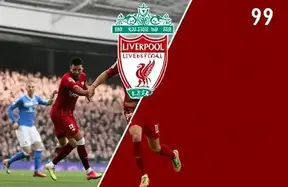


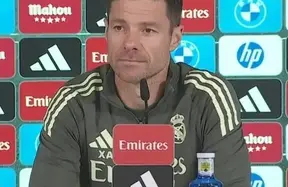
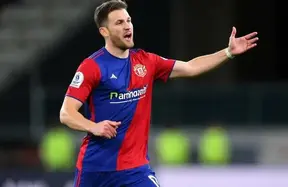
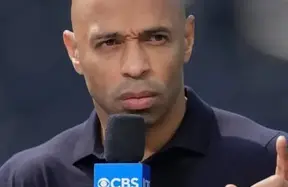
Physio Scout | Football Injury Analysis
Getting requests for the footage. Many thanks to for sending it through. All credits to the Premier League for this.
WeAre_AFC
are arsenals injuries more frequent than other teams in the premier league?
Uthman Noya
He’ll be back for spurs
Vincent 🐺
Thanks for the update...we may have him at Sunderland or in the NLD after the break
mwansa🇿🇲
You people are always blowing things out of proportion, why not share this information after the club's medical team assessments. Its the only true information, not these speculations.
6Thumbs
Bro..people not realising internationals are coming up. All the players will be getting knocks not to travel to international games and will use the time to rest. Arteta ain't playing around this season.
Shadow
Do you think the players are maybe being mismanaged a bit, because muscle injuries have been a thing at Arsenal for a while. At the very least more common here than at other clubs?
Rabrizio Fomano
Do you have the match footage where the injury happens or at least where he is limping? Cause I see nothing in the game. Only elbow to the head last play of the first half All this sounds like arteta is waiting for Sweden not to call him up really
〽️
HOPEFULLY NOT GRADE 2!!!
Simple
He didn't look injured on field but your accuracy is nearly 100% so best hope is after the break
KESHMAN7
Damnit one month 😔
Liquid Gooner
I pray it is grade 1. We don't want this news at all
Welsh
Where in the match footage did he even pull up? How does someone play through a grade 1 or 2 hamstring injury
Alfredo
Arsenal are not lucky
Reza
FUUUUCKKKKK
👑
This season might have a record of injuries for all teams it's the most this account has been actively tweeting 😅
MLGAlphaMaleStud
TWO WEEKS MINIMUM???? WE HAVE A DERBY TO PLAY
Alex atanasov
Will probably miss the next 2 but back after the break
Jimmy Newtron
No chance of it being just tightness?
Sxnti
You'll never believe the club he beat to win both.